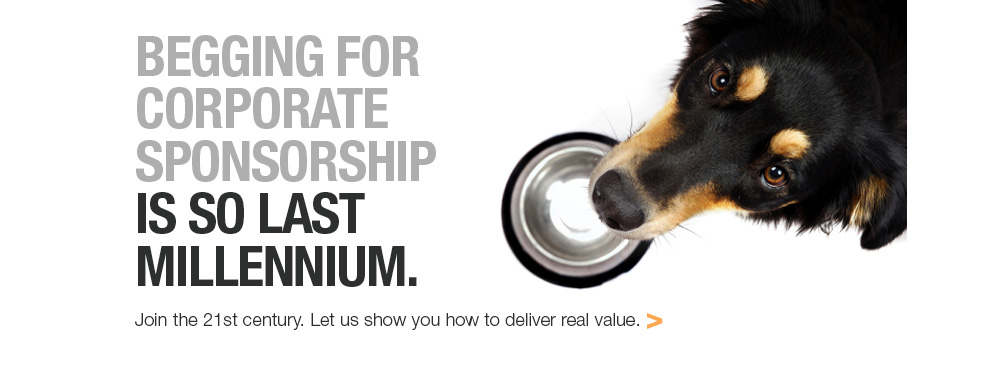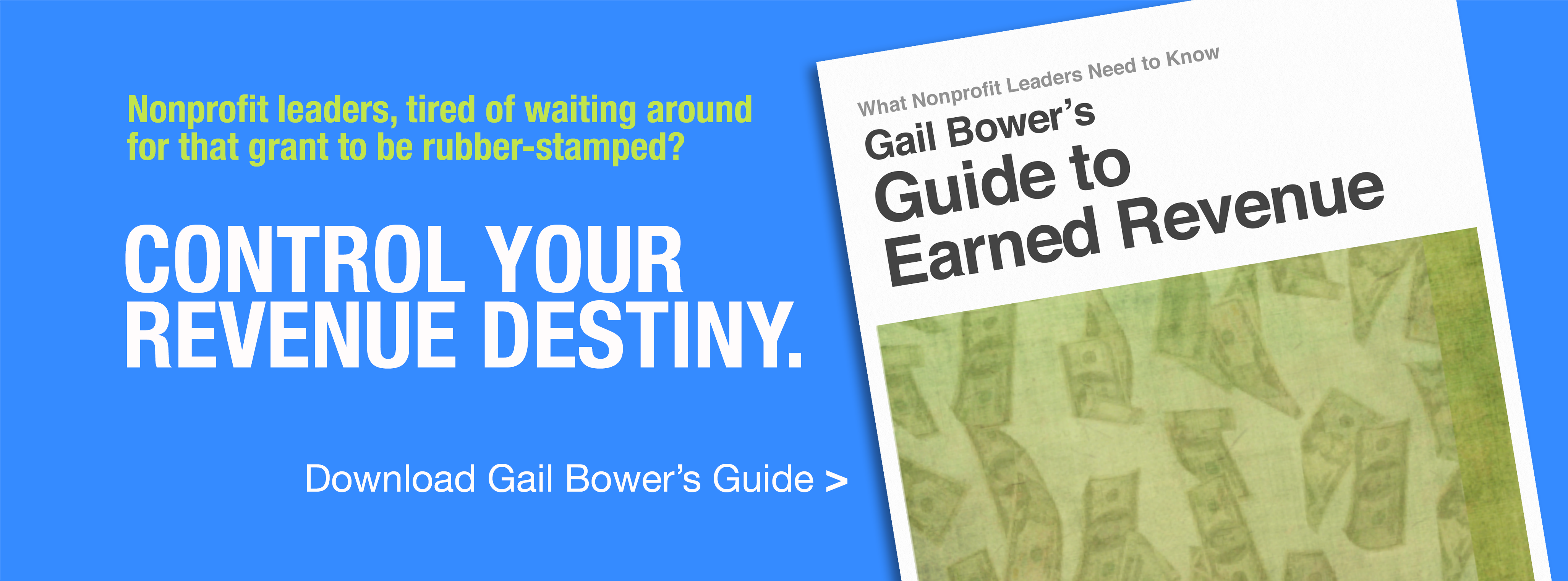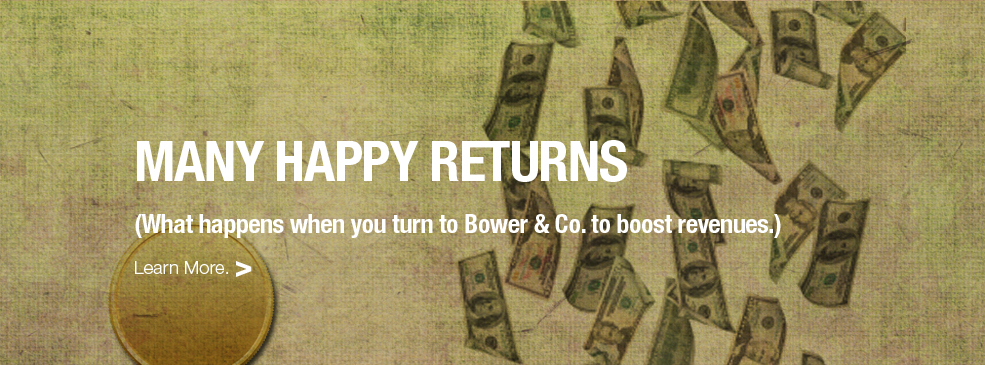3 Perspectives You Need When Launching a New Event or Initiative
Or very scary.
Let me explain.I’m wrapping up just such an engagement. I was involved with a brand-new festival, called the North to Shore Festival, held in three cities over three weeks in June in New Jersey, produced by NJPAC (New Jersey Performing Arts Center), a leading economic driver in Newark, NJ, for the last 25 years.
It’s easy and fun to come up with new ideas. Executing them is even more exciting. You become the ultimate creator or maker, right?
There is also so much to keep in mind and so many details to work through.
If you don’t, things can easily and quickly go south.
And that’s the scary part.
If your organization is getting ready to launch something new, here are three perspectives to keep in mind.
Timing
I promise you, you’re not giving yourself enough time.
There, I said it.
It’s easy to imagine an event or a new initiative. But somehow our brain skips over and edits out the details about timing.
Particularly if you want your event or initiative to be profitable.
The energy and devotion needed to produce something huge at the last minute is spectacular.
I was a producer for the largest free public events during both of former President Clinton’s inaugurations.
The producer and I were so busy—and I’m not making this up—that at one point we spoke to each other in one-word sentences when we met. To wit (and read this script as fast as you can):
Producer: Budget?
Me: Updated.
Producer: Contracts?
Me: Signed.
That was a typical hour-long meeting condensed into four words!
Now I’m all for working quickly and efficiently. But if you don’t allow yourself plenty of time, you increase your risks of:
- Dropping things through the cracks,
- Making mistakes,
- Overlooking important details,
- Producing shoddy work,
- Ignoring important relationships,
- Missing opportunities,
- Coming in considerably under budget,
- And more.
Give yourself plenty of time. And when you do, set aggressive deadlines and be accountable. You don’t want your generous time to turn into a vacuum.
Triple Your Marketing Budget
Whatever you planned to invest in marketing, it’s not enough. Double or triple the budget.
Do you recognize how much noise is out there in the marketplace right now?
Unfortunately, no one cares about your new event.
No one wants to follow you on Facebook. Or receive your email blasts. Or download your app. Or create an account with a password and security clearances and special text messages to provide a six-digit code to confirm that you’re a human. Or whatever.
That’s why you need to create a strong brand and visual identity and invest in consistent, compelling marketing. So that people do care.
And before that, you need to invest in compelling value—great talent for a music festival, great speakers for a conference, awesome venues that are safe, easy to work with and get to, professionally run, and great partners.
If you are not prepared to make a significant investment in marketing and programming, hold off until you can.
If no one shows up because you’ve produced a great event that no one knows about, you not only won’t meet your budget, you’ll cause people to wonder. And that’s not the impression you want to leave.
Think Big
It’s natural to have an idea, decide you want to pursue it, and explore how to get the money to pursue it. That is a normal, logical progression of decisions.
But before you close in on your original idea, pause and consider: “how do we make this idea bigger?”
By bigger, I mean both larger in scope and also more strategic.
The North to Shore Festival is a great example. NJPAC could have produced a series of shows in its two theaters. Instead, the festival was produced in several large, predominant venues in three cities.
But the producers didn’t stop there. They also engaged other important venues and smaller venues and community organizations in each market. They created a groundswell of activity and also a more equitable, inclusive experience.
The festival also became an economic driver for tourism; a focal point for major publicity (The New York Times, Philadelphia Inquirer, as well as all major media outlets); and a community builder for residents and visitors alike.
Another example: my friend Hilary Jay created an amazing event in Philadelphia, for which she has since passed the baton. A passionate design expert—it’s in her DNA—Jay created Design Philadelphia, a fall festival that put this city on the map when we think of the resources, talent, ideas, and artifacts of innovative design.
It got Philadelphians to think differently about itself. It profiled the wealth of talent and ideas here, which surprised and delighted everyone. And elevated Philadelphia’s reputation.
So when planning your next new initiative or event, be clear on your goals and generous with time. Plan a much greater investment in marketing than you imagined (this is why you need sponsors!).
And remember that bigger–and more strategic—is better than incremental.










 July 10, 2023
July 10, 2023
Reader Comments